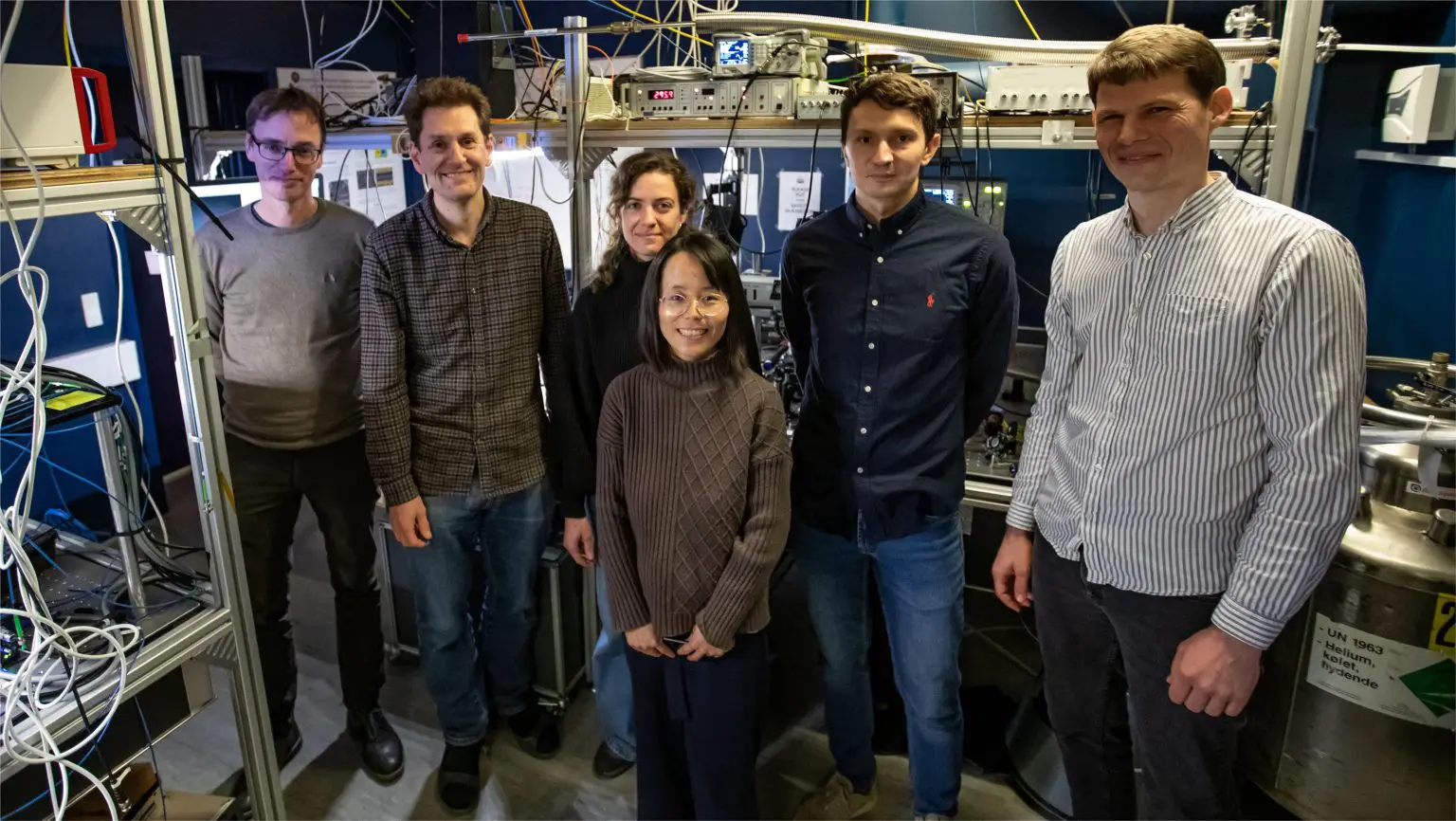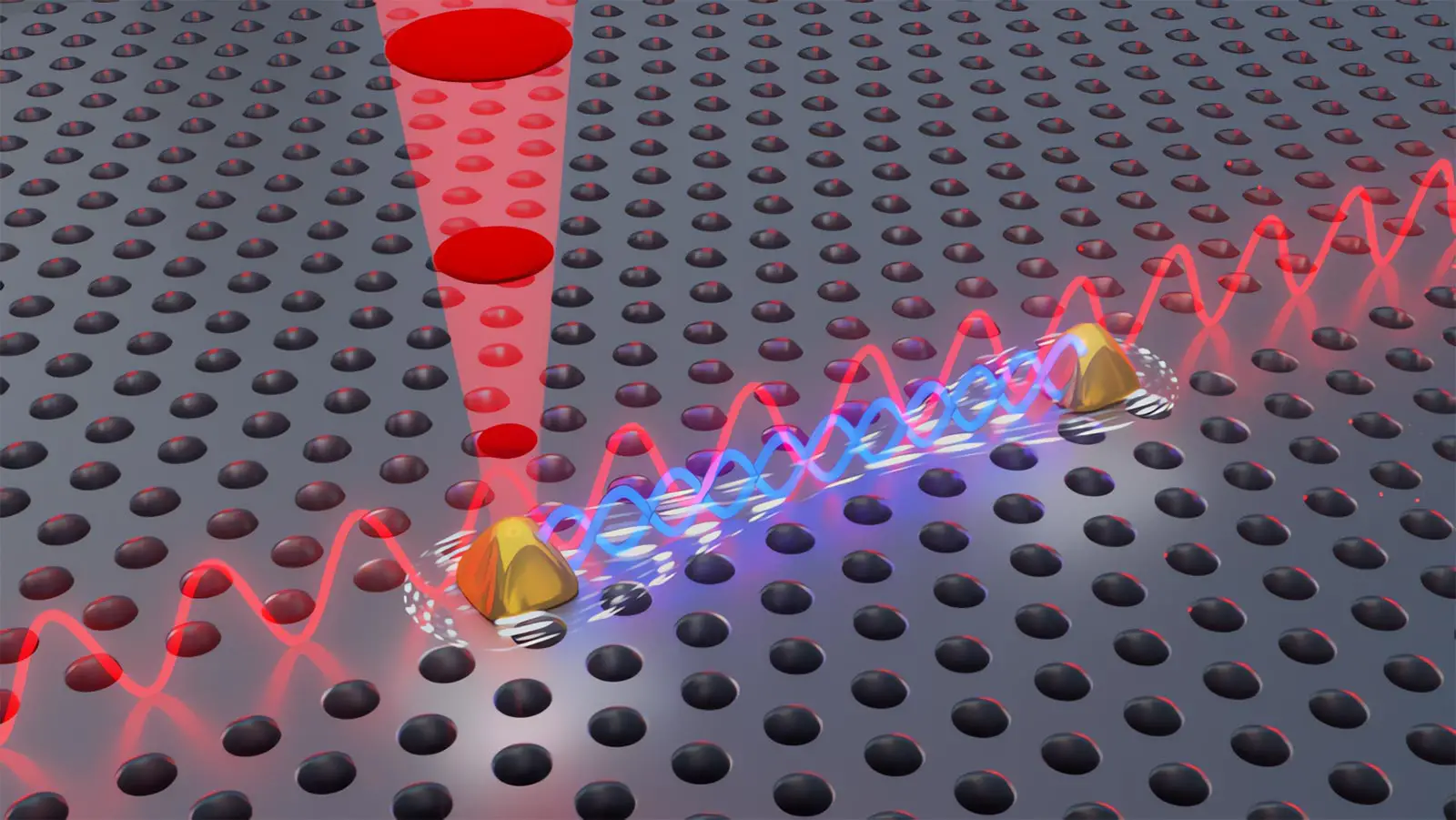Quantum physics has long been a source of fascination for scientists and researchers alike. Recently, a team of quantum physicists has made a nanoscopic breakthrough that could have colossal significance. Researchers at the University of Copenhagen and Ruhr University Bochum have solved a long-standing problem, allowing them to control two quantum light sources rather than one. This breakthrough enables them to create quantum mechanical entanglement, opening new doors for commercial applications.
Quantum entanglement is an effect in which two particles interact with each other and become linked together, even when separated by vast distances. This phenomenon was first theorized by Einstein in 1935 and has since been the focus of decades of research from scientists all over the world. The key to understanding this concept lies in understanding how particles interact with each other on the quantum level. In quantum mechanics, particles can exist in multiple states at once and can be “entangled” with one another—meaning that they are connected in such a way that changing one particle will instantly affect the other regardless of the distance between them.

The implications of this breakthrough could be tremendous. For example, it could enable researchers to develop more powerful computers that use less energy than those existing today. It could also open the door to advances in cryptography or make possible revolutionary medical treatments like MRI scans without radiation exposure or surgery without incisions. Additionally, because entangled particles share information instantaneously across vast distances, this technology might eventually be used for communication purposes such as data transfer or point-to-point communication systems beyond our current capabilities.
In the future, further advances in this field may lead to even more exciting possibilities like teleportation or time travel. It’s clear that quantum mechanics continues to hold great promise as scientists strive to unlock its mysteries and put its principles into practice through practical applications. As we continue to gain greater insight into how we can use quantum entanglement commercially—and explore even deeper realms of quantum science—it’s certain there will be many more ground-breaking discoveries ahead!

This recent breakthrough from Copenhagen and Bochum is yet another example of how far we have come in understanding and utilizing quantum mechanics for commercial applications. Though we still have much more work ahead before these theories can be fully realized, it’s no doubt an exciting time for physicists worldwide who are exploring the vast potential of this technology.. With each step forward comes a greater understanding of what’s possible with entanglement on both microscopic and macroscopic levels – opening up possibilities for everything from faster computers to revolutionary medical treatments! We look forward to seeing what else these amazing minds come up with next!











